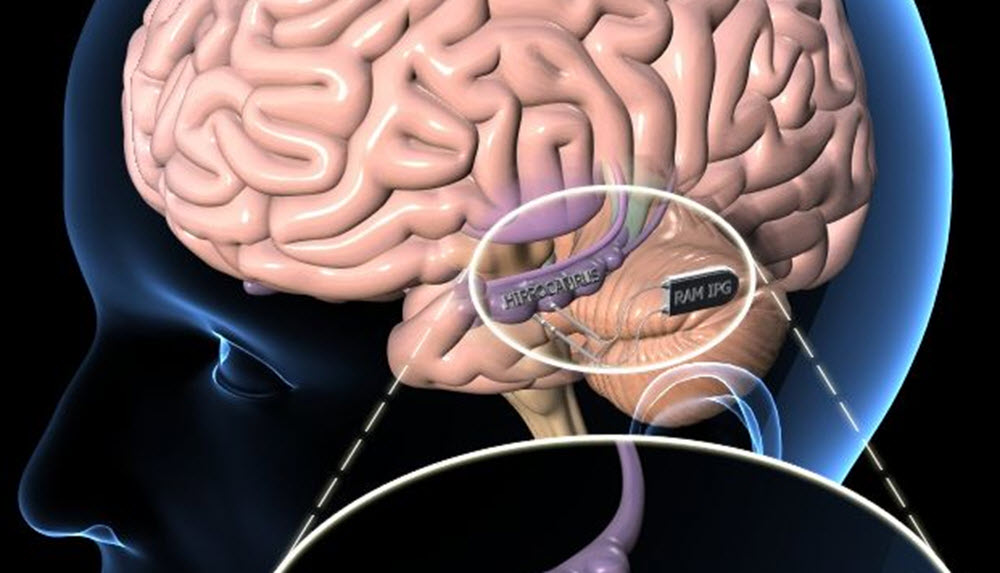A hippocampus prosthesis is a type of cognitive prosthesis. This medical field is still in its infancy, but looks very promising and could have huge implications for its ability to improve or replace the function of a damaged area of the brain. Alzheimer’s disease is one example of a health issue that involves the hippocampus, and a lot of the research regarding hippocampal prostheses is currently focused on curing or at least ameliorating the impact of this disease.
What is the hippocampus?
The hippocampus is a part of the human limbic system and found under the neocortex, where it interacts with the neocortex and other parts of the brain. The hippocampus is a bilateral structure, and each side consists of several subsystems. Together, they form a feedback loop. Input from the neocortex reaches the hippocampus through the entorhinal cortex.
The hippocampus is important for our experience of emotions, and also have a close relationship with our ability to form and consolidate new memories, Damage to the hippocampus can impair our ability to remember – including our abilities concerning long-term recognition, e.g. our ability to recognize an individual that we have met before. Interestingly, the hippocampus is also involved in navigation and spatial orientation.
Cognitive brain implants

There are several type of brain prostheses, including input prostheses, output prostheses and cognitive prostheses, and they work in distinctly different ways. One example of an input prosthesis is the cochlear implant, which brings audio signals from the environment to the brain, enabling users with certain types of audio impairments to hear as they learn to interpret these signals as sound. Examples of output prostheses are the ones where brain signals (thoughts) are used to move a bionic hand, arm or other body part. Just as with the cochlear implant, training is required to use them properly. Cognitive “brain-to-brain” prostheses are different than input and output prostheses, as they work by replacing or supporting the native signals normally used by that area of the brain. Therefore, they do not require the same type of gradual training to work. For a hippocampal prosthesis to work well, it must be able to receive signals directly from within the brain, analyse them and provide the appropriate action.
For a hippocampal prosthesis to work, it must do the job of a real biological neuron. This is a complicated issue, as the behaviours of neurons are highly non-linear and impacted by many factors. Further complicating the situation is the fact that these processes rely on the expressions of groups of neurons interacting in a network.
Using prosthetics in the brain
In order to create and implant a hippocampal prosthetics that will function correctly in the human brain, it is necessary to take many different factors into account and solve a variety of issues. Below are a few examples.
Power source
Having to use any exterior power source for a hippocampal prosthesis would greatly increase the risk of infection. Therefore, it is better if the prosthesis is autonomous, and have a self-charging power supply.
Temperature
The brain is highly heat sensitive, so the device (including its power source) can not be allowed to generate much heat.
Biocompatibility
Long-term biocompatibility is of essence, as a hippocampal prosthesis would be implanted inside the brain.
Capsule formation
Certain brain cells, such as the astrocytes, have a natural tendency to encapsulate brain implants to protect neurons. This capsule formation can impair the functionality of a brain implant and must therefore be mitigated.
Communication
The implant must be able to establish two-way communication with the brain, i.e. both receive and send out information.